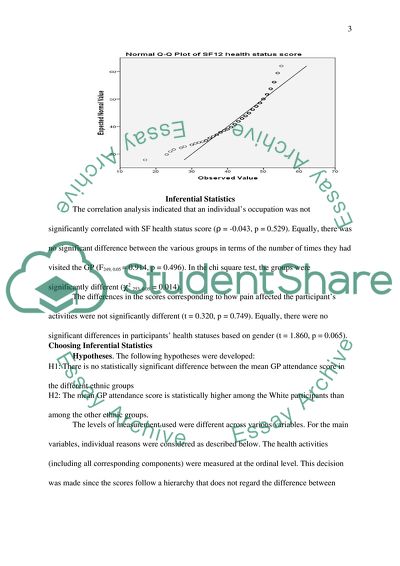Cite this document
(Detail the process of quantitative Data Run SPSS on a data set Article, n.d.)
Detail the process of quantitative Data Run SPSS on a data set Article. https://studentshare.org/medical-science/1853316-the-relationship-between-health-status-and-social-determinants-of-health
Detail the process of quantitative Data Run SPSS on a data set Article. https://studentshare.org/medical-science/1853316-the-relationship-between-health-status-and-social-determinants-of-health
(Detail the Process of Quantitative Data Run SPSS on a Data Set Article)
Detail the Process of Quantitative Data Run SPSS on a Data Set Article. https://studentshare.org/medical-science/1853316-the-relationship-between-health-status-and-social-determinants-of-health.
Detail the Process of Quantitative Data Run SPSS on a Data Set Article. https://studentshare.org/medical-science/1853316-the-relationship-between-health-status-and-social-determinants-of-health.
“Detail the Process of Quantitative Data Run SPSS on a Data Set Article”. https://studentshare.org/medical-science/1853316-the-relationship-between-health-status-and-social-determinants-of-health.


